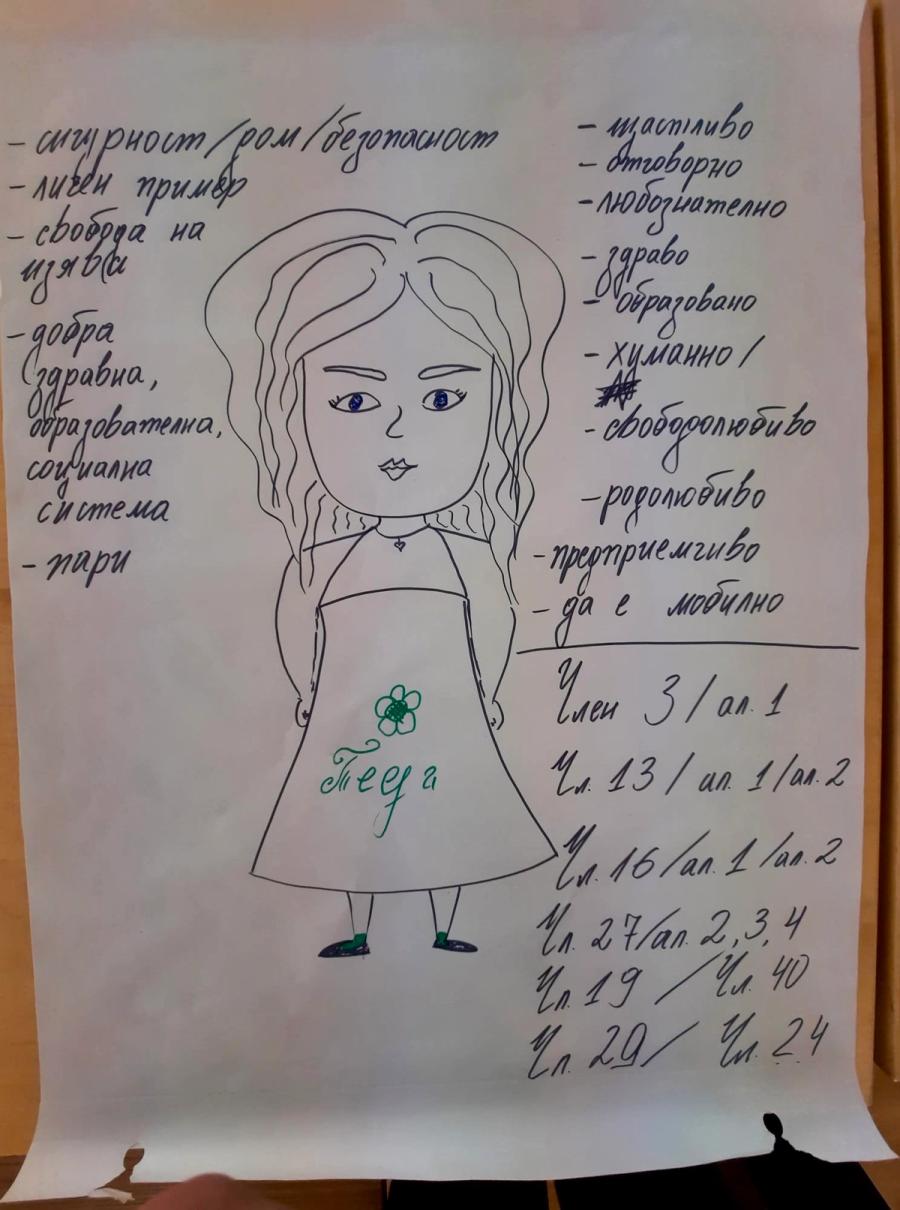Foto: The Human Rights Academy
Activity:
Children´s rights
Children needs special care and protection. The United Nations Convention on the Rights of the Child (1989) acknowledge that every child has basic fundamental rights.
Photo: The Human Rights Academy
Quick facts

Human rights • Negative social control

Adult education • Organizations and others

Ca 1 hours

Materials: Large room with enough space for group work. Large sheets of paper. Markers. UN Convention on the Rights of the Child.
Activity goals
- Get knowledge about with the United Nations Convention on the Rights of the Child.
- Understand how the rights of the child relate to everyday life.

Exercise from the website "Education in human rights" developed by Partners Bulgaria Foundation and the Human Rights Academy.
Instructions
- The facilitator organises participants into small groups and introduces the task:
- Each group must draw on a large paper poster an outline of a child. Name this child and then decide on the mental, physical, spiritual, and character qualities they would like this child to have as an adult (e.g., good health, sense of humor, kindness) and write these inside the outline. You may also put symbols on or around the child that represent these ideal qualities (e.g., books standing for education).
- Inside the outline the group lists the human and material resources the child needs in order to develop these qualities (e.g., if the child has to be healthy, he/she needs food and health care).
- Each group presents the child they have made to the large group and explains their choice. Why did they choose these qualities?
- Each group receives the printed articles of the Convention on the Rights of the Child. The leader asks the students to work again in small groups to discuss and identify the articles which guarantee the needs described.
- Then each group writes the number of the article(s) next to the relevant item/need in the list. Any needs that are not covered by the document are circled.
- The groups again present the posters and the rights from the Convention they have chosen which correspond to the needs they have described. In the plenary session there is a discussion of the articles that are common to most posters and the choice of the groups.
Reflection
- What are the basic needs of a child in order to be able to grow?
- How can we protect children and help them develop their potential?
- What were the most common needs that the groups wrote? Why?
- Were some needs listed only once or twice? Should they also be considered important for all children?
- Are there needs that have not been covered as articles of the convention? How can this be explained?
Debriefing
The facilitator summarizes the students' answers and emphasizes on the fact that every child needs special care and protection. The facilitator also emphasizes that it is the duty of families, schools and governments to provide a suitable environment for children to grow up healthy and free.



